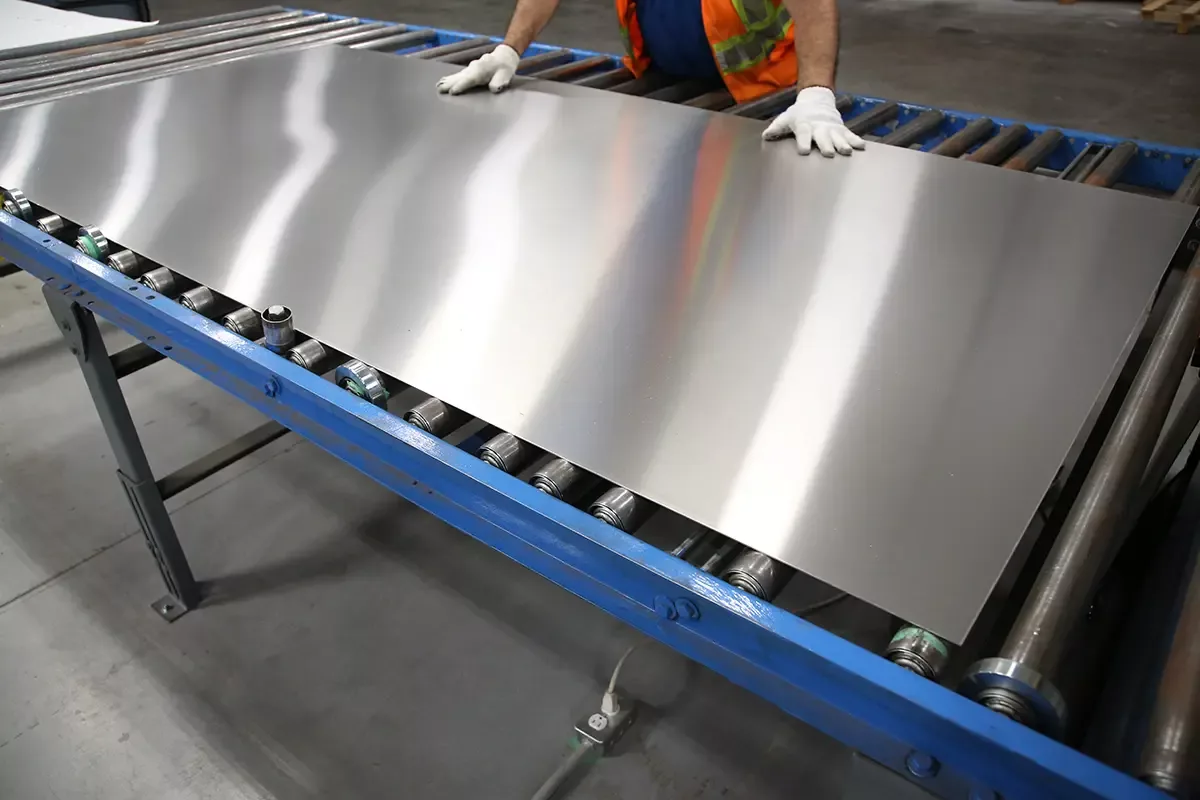In the world of metal fabrication, the surface finish and cleanliness of materials can make or break a project. Whether you’re manufacturing components for aerospace, automotive, or consumer goods, the quality of the surface treatment can significantly affect performance, durability, and aesthetics. This blog post dives deep into the best practices for enhancing surface finish and cleanliness in metal fabrication. You’ll learn about effective techniques, tools, and the importance of maintaining high standards throughout the fabrication process.
Understanding the Importance of Surface Finish
Defining Surface Finish
When we talk about surface finish, we refer to the texture and appearance of a material’s surface. It can range from rough and coarse to smooth and polished. The type of finish required often depends on the application of the metal product. For instance, components in the aerospace industry typically require a mirror-like finish to minimize drag, whereas industrial parts may only need a functional surface.
The Role of Surface Finish in Metal Performance
A good surface finish is not merely cosmetic. It plays a crucial role in several performance aspects:
- Corrosion Resistance: Smooth finishes often help minimize surface defects where corrosion can initiate.
- Fatigue Strength: A well-finished part can endure more stress and strain, thus improving its fatigue life.
- Friction Reduction: Smooth surfaces reduce friction, making components work more efficiently and increasing their lifespan.
Surface Finish Standards
Different industries have different standards for surface finishes. For example, the aerospace sector adheres to stringent specifications that can dictate the manufacturing process. Familiarizing yourself with these standards ensures that your final product meets regulatory requirements and customer expectations.
Key Techniques for Enhancing Surface Finish
Machining Processes
Machining is often the first step in achieving a desired surface finish. Techniques such as milling, turning, and grinding can help you shape your metal parts to meet specific dimensions and tolerances. Each machining process has its advantages, and selecting the right one will depend on your project’s requirements.
- Milling involves removing material using rotating cutters. It is efficient for creating complex shapes and fine finishes.
- Turning is used on lathes and is ideal for cylindrical components. It can achieve high precision and a good surface finish.
- Grinding is particularly useful for achieving a smooth finish on hard metals, perfect for parts that require tight tolerances.
Polishing and Buffing
After machining, polishing and buffing are essential steps to enhance surface quality. Polishing removes small imperfections, while buffing produces a reflective surface.
- Polishing Compounds usually consist of abrasives and can be applied manually or with machines. The type of abrasive will depend on the desired finish.
- Buffing Wheels can further refine the surface, making it shine. Using the right buffing wheel material is critical for achieving the desired results.
Sandblasting
Another method for improving surface cleanliness is sandblasting, which involves propelling abrasive materials against the surface of the metal. This process effectively removes contaminants, oxides, and old coatings, preparing the surface for subsequent treatment.
- Types of Abrasives vary, from sand to glass beads. Each type has different capabilities and effects on the surface finish.
- Adjusting Pressure during sandblasting is also crucial. Higher pressure can achieve a rougher finish, while lower pressure is ideal for delicate surfaces.
Maintaining Cleanliness in Metal Fabrication
Importance of Cleanliness
Cleanliness in metal fabrication is vital for ensuring the integrity and performance of the final product. Contaminants like dust, grease, and residues can lead to defects, corrosion, and even failure in critical applications.
Cleaning Techniques
There are several effective cleaning methods you can employ to maintain cleanliness in metal fabrication:
- Chemical Cleaning involves using solvents or detergents to remove contaminants. Ensure you choose a chemical that’s compatible with the material you’re cleaning.
- Ultrasonic Cleaning uses high-frequency sound waves to agitate a fluid, creating cavitation bubbles that help lift contaminants off the surface. This method is particularly effective for intricate and delicate parts.
Implementing Demagnetizers
Metal parts can sometimes retain magnetic charges due to machining processes, which can attract ferrous contaminants. Implementing demagnetizers can effectively neutralize these charges, ensuring a cleaner surface and preventing contamination during further processing or assembly.
Quality Control and Testing for Surface Finish
In-Process Quality Checks
Implementing regular in-process quality checks helps ensure that the desired surface finish and cleanliness standards are being met throughout the fabrication process. Techniques such as visual inspections, surface roughness measurements, and non-destructive testing can provide valuable insights.
Final Quality Assurance
Before final delivery, conducting thorough inspections ensures that every piece meets the required specifications. Consider using advanced testing methods, like X-ray fluorescence (XRF) or laser scanning, to guarantee both surface finish and cleanliness.
Conclusion
Enhancing surface finish and cleanliness in metal fabrication is crucial not just for aesthetics but for performance, durability, and compliance with industry standards. By integrating effective machining processes, cleaning techniques, and thorough quality control, your organization can produce high-quality metal products that stand the test of time.




